While we lament the loss of hot days and warm nights, the return of foggy mornings and eruption of fungi on dew-kissed grounds brings with it the magic of autumn.
On crystal clear nights, stargazers will rejoice in the extra-bright twinkle of stars above pitched tents, before waking to a vibrancy of colour from blooming fruits and berries on plants such as the Violet Flax Lily, Ruby Saltbush and Kangaroo Apple.
It also marks a time when many of our native mammals, insects, amphibians and birdlife are at their most active. Twitchers will delight in the unique soundtrack of forest owls, vocally defending their breeding territories, while baby reptiles such as skinks - freshly hatched and voraciously hungry - are shuffling among fallen leaf litter for food that will fatten them up before a temporary hibernation for winter.
Whether you're an avid hiker or a casual walker, we encourage you to pack a pair of binoculars (and lots of patience) for your next adventure in the great outdoors.
Headed west?
You're in for a treat.
There's a reason Gariwerd brings experienced bushwalkers back time and time again. Rough and rocky on first glance, it surprises visitors with its hidden waterfalls, hollow mountains, incredible natural amphitheatres and rich Aboriginal history.
Remember to look up from your chosen walk for endless opportunities to see galahs, kookaburras and cockatoos. They can be spotted from the heights of Mount Stapylton (Gunigalg) to Lake Wartook and the lower waterfalls of Gar (Mount Difficult) to Signal Peak.
Of the 350 bird species that can be found in this region, emus are a common sight and best to keep a safe distance from. Within its many cave systems, visitors might spot one of 11 native bats including the Eastern False Pipistrelle, White-striped Freetail and Chocolate Wattled Bat.
Gariwerd also hosts 12 species of rare frogs. While easily camouflaged in waterways, your ears might be treated to the distinctive call of the Eastern Banjo Frog, known affectionately as "Pobblebonk" due to its croak described as a lazy plucking of a banjo string. If you like sharing ghost stories from your sleeping bag and spook easily, remember that maniacal cackling you hear overnight is likely coming from a restless Peron's Tree Frog, easily identified by its cross-shaped pupils.
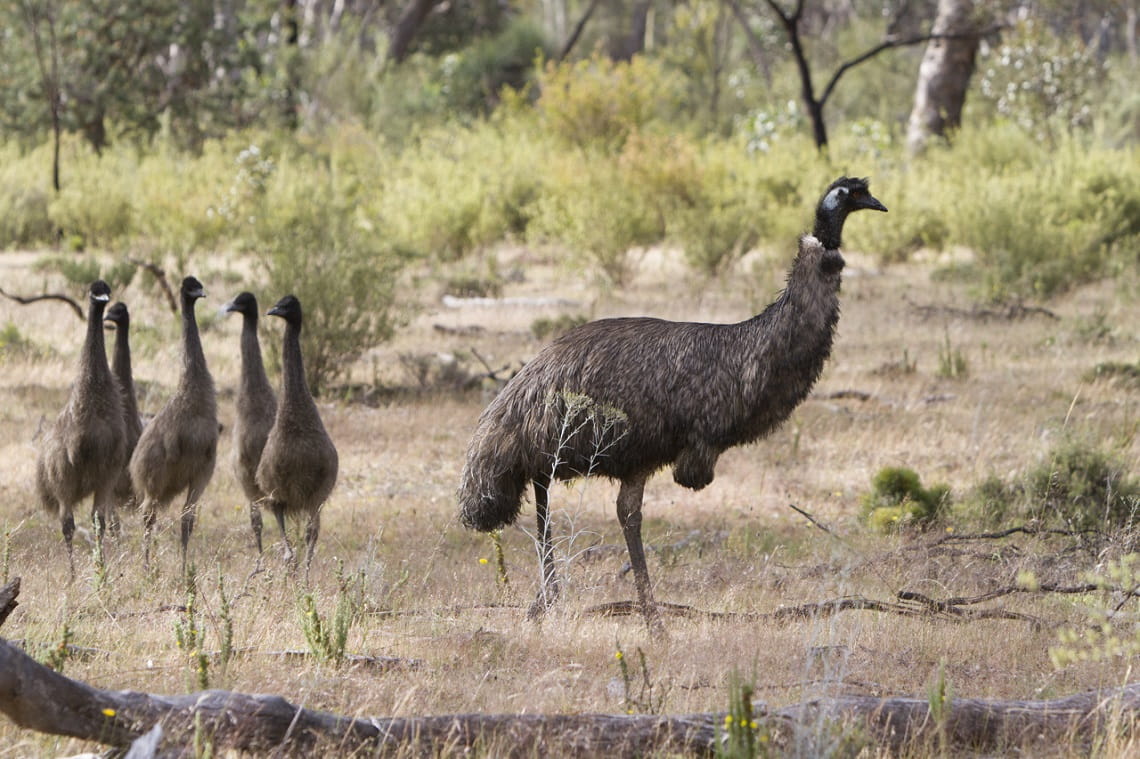
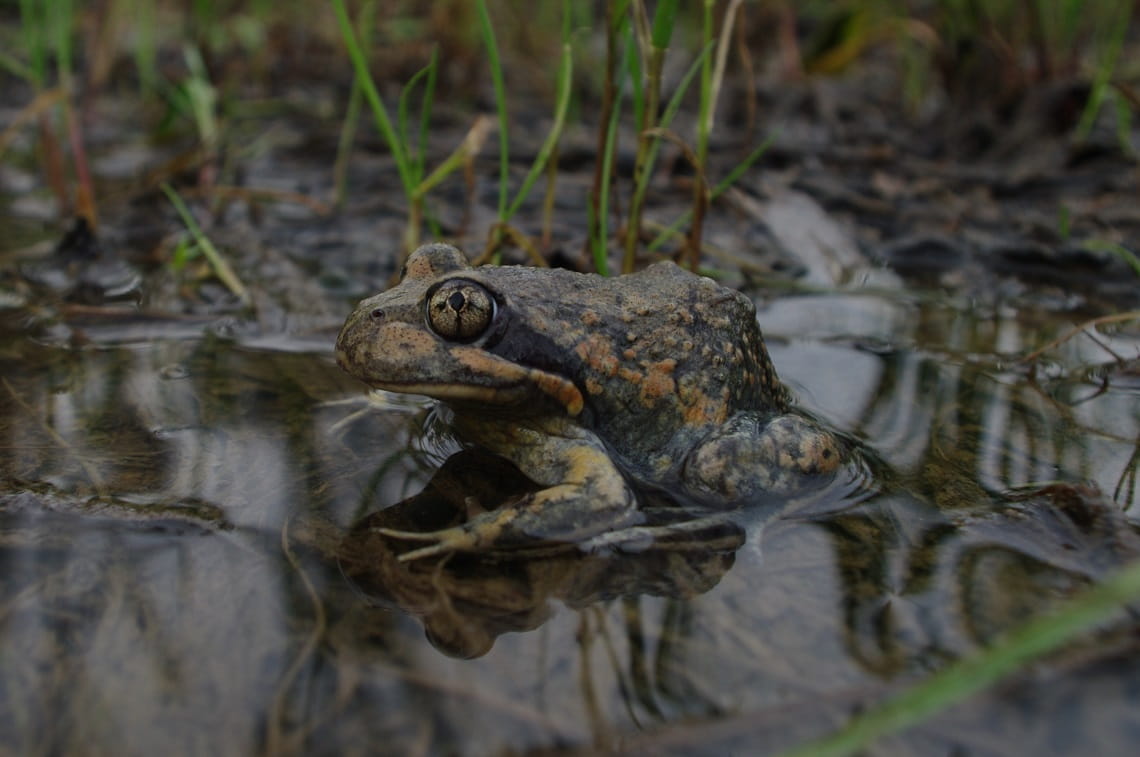
(L) An emu and its chicks, credit Parks Victoria; (R) Eastern Banjo Frog, credit Parks Victoria
If you seek peace by the water, you might have to share the Great Ocean Walk with mobs of kangaroos commonly seen hopping past Johanna Beach. Extending just over 110 kilometres on Eastern Maar and Wadawurrung Country, cockatoos are prolific in this part of the region (wherever there are trees), while the coast, estuaries and lakes are havens for birds of prey and waterbirds such as the White-bellied sea eagle, Oystercatcher, Hooded Plover, and occasional Albatross.
Walking into the cool temperate forest of the Otways hinterland and Great Otway National Park, you'll recognise areas of important landfall for a range of birds, which migrate from Tasmania each autumn to escape a cold winter for the relative warmth of Victoria and beyond. The species you're most likely to see include the tiny Silvereye and Grey Fantail, as well as the critically endangered Orange Bellied Parrot and Swift Parrot.
Australian Fur Seals like to sun themselves on the reefs close to Apollo Bay, catching the last days of warmth Victoria has to offer, while Southern Right Whales migrate along the coast - as far east as Lorne - between late May and early October before returning to the waters of Antarctica.
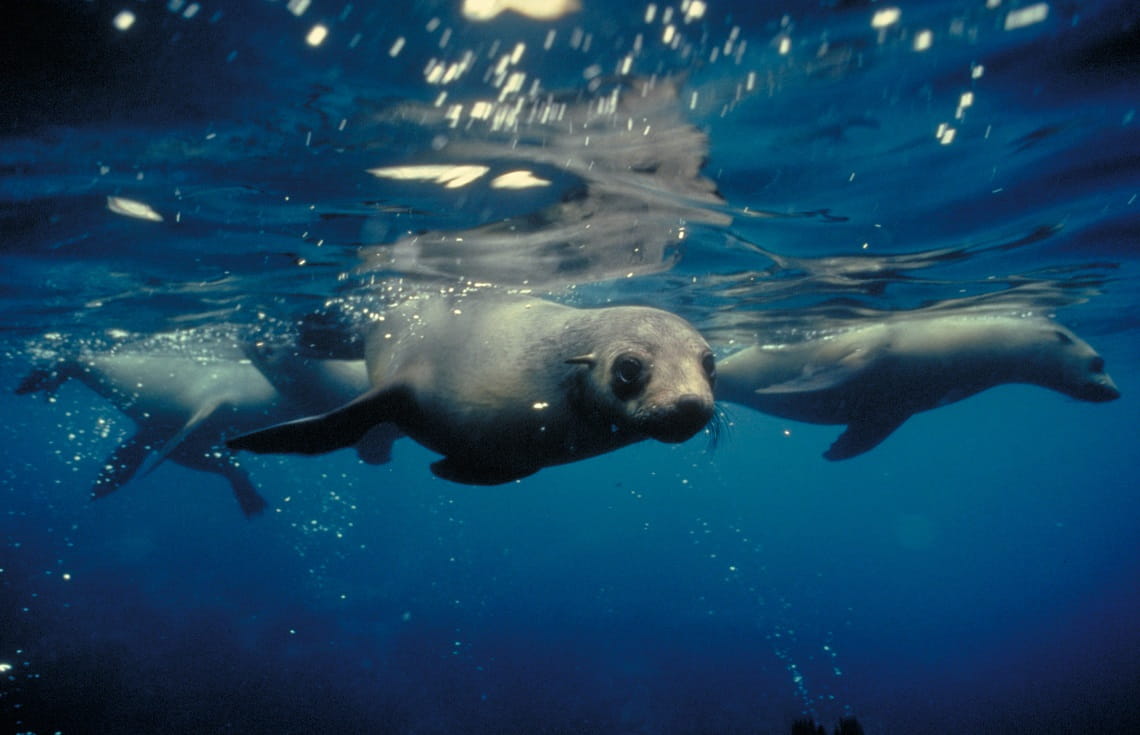
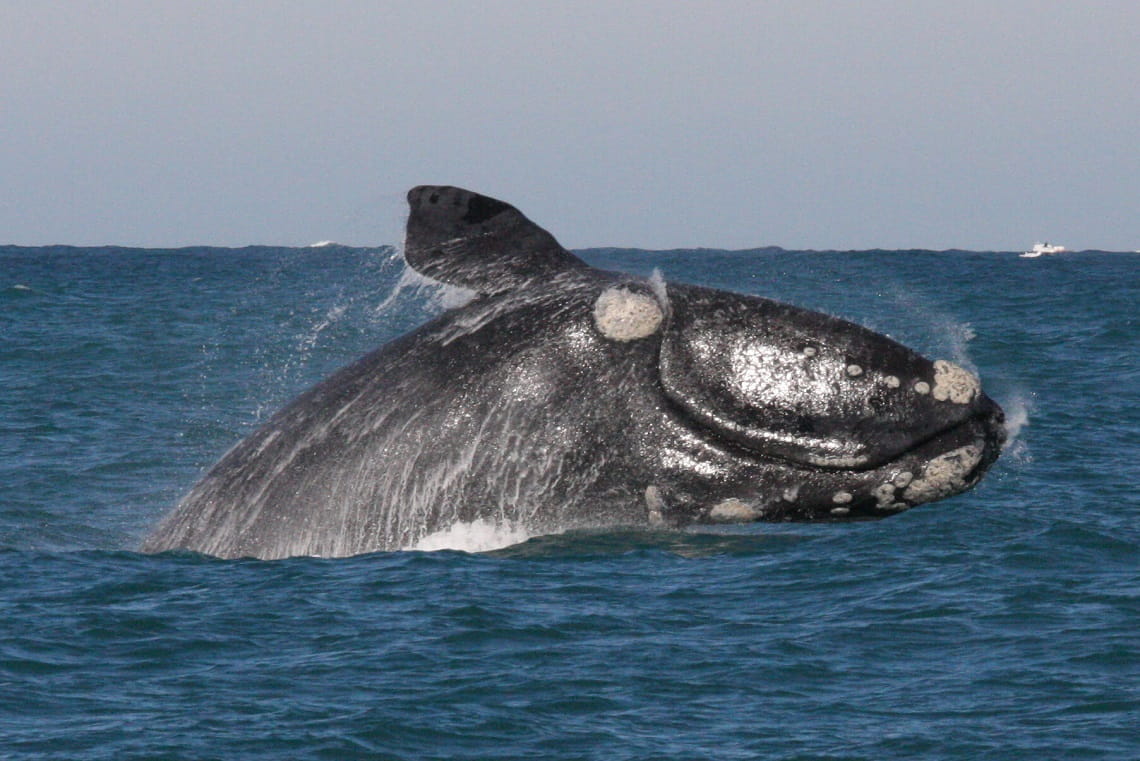
(L) A rookery of Australian Fur Seals, credit Parks Victoria; (R) Southern Right Whale, credit Museums Victoria
Moving north
Spanning 2,508 kilometres, the Murray River is a life source for hundreds of communities and millions of plants, animals and fungi.
You can explore the longest waterway in Australia by walking a range of tracks or paddling along the river. If you find yourself deep in red gum Country, you might be treated to views of Common Ringtail Possums, Swamp Wallabies and a Sugar Glider or two.
Keep an eye out for spiders and their impressive webs, including the Leaf-curling spider, aptly named for its curious practice of placing a curled-up leaf in the middle of its web for shelter - just like a tent. Golden Orb spiders build larger and stronger webs that often measure more than a metre wide, best spotted on an early damp morning, decorated with tiny dew drops.
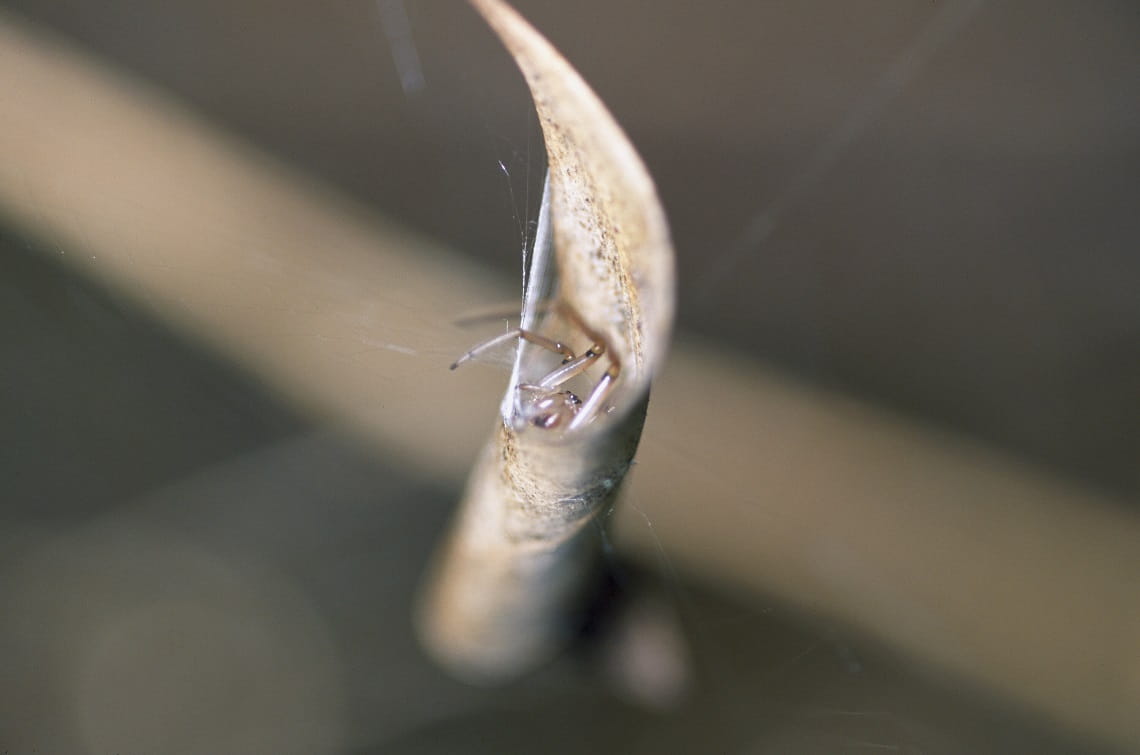
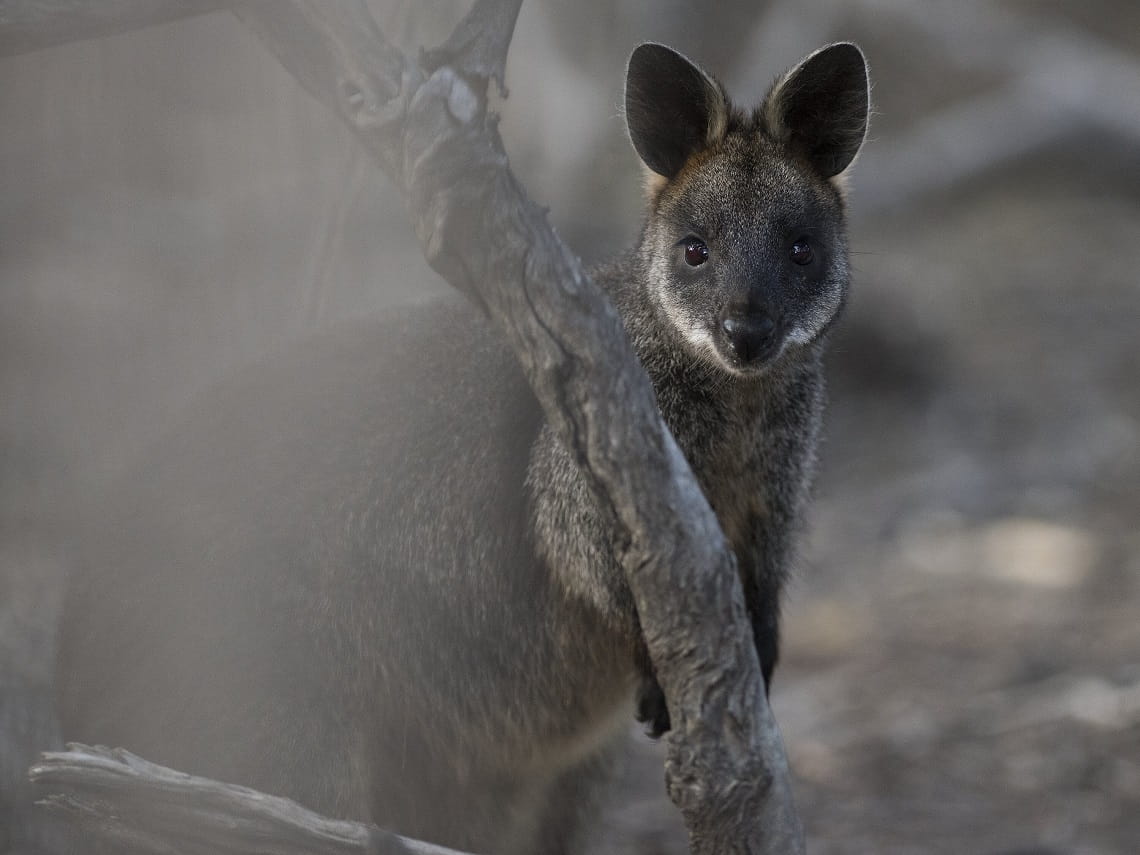
(L) Leaf-curling spider, credit Museums Victoria; (R) Swamp Wallaby, credit Museums Victoria
The Mallee also offers a relatively untouched landscape to nature-lovers, blanketed by sandy soil and dominated by pockets of native Cypress-pine and Belah woodlands. It's home to Victoria's largest flower, the Murray Lily, the restricted Silvery Emu-bush and the rare, Blue-leafed Mallee. These special plants grow among a gentle understory of saltbush, heathy shrubs, sedges, grasses and ephemeral herbs.
From walks in Murray-Sunset National Park in Victoria's far north-west corner to Hattah-Kulkyne, Wyperfeld and Little Desert National Parks, this region is home to a number of rare and threatened species. These include flocks of Regent Parrots regularly commuting between red gum Country and the Mallee, as well as mound-building Malleefowl, Mallee Emu-wren, Splendid Fairy-Wren and Pink Cockatoos.
More than 20 species of parrot occur within the Wyperfeld National Park, with Discovery Walk remaining one of the only reliable sites in Victoria to spot the ground-dwelling bird species known as Redthroat.
What if I find myself in the middle of Victoria?
If you're travelling to central Victoria, we recommend a visit to Mount Alexander Regional Park and Kooyoora State Park for a closer look at native animals on beautiful Dja Dja Wurrung Country.
While exploring these protected areas, visitors will often see Eastern Grey Kangaroos and Swamp Wallabies, along with numerous bird species such as White-winged Choughs, White-browed Babblers and Wedge-tailed Eagles.
Keen-eyed and patient visitors should be able to spot Koalas among the Manna Gum trees (easily identified by their distinctive ribbons of hanging, smooth bark), while endangered Brush-tailed Phascogales and Echidnas might prove more elusive.
Remember to stick to the trail as this region is bursting with areas of shrubby understorey and abundant ground litter that give shelter to many ground-dwelling animals such as the Yellow-footed Antechinus.
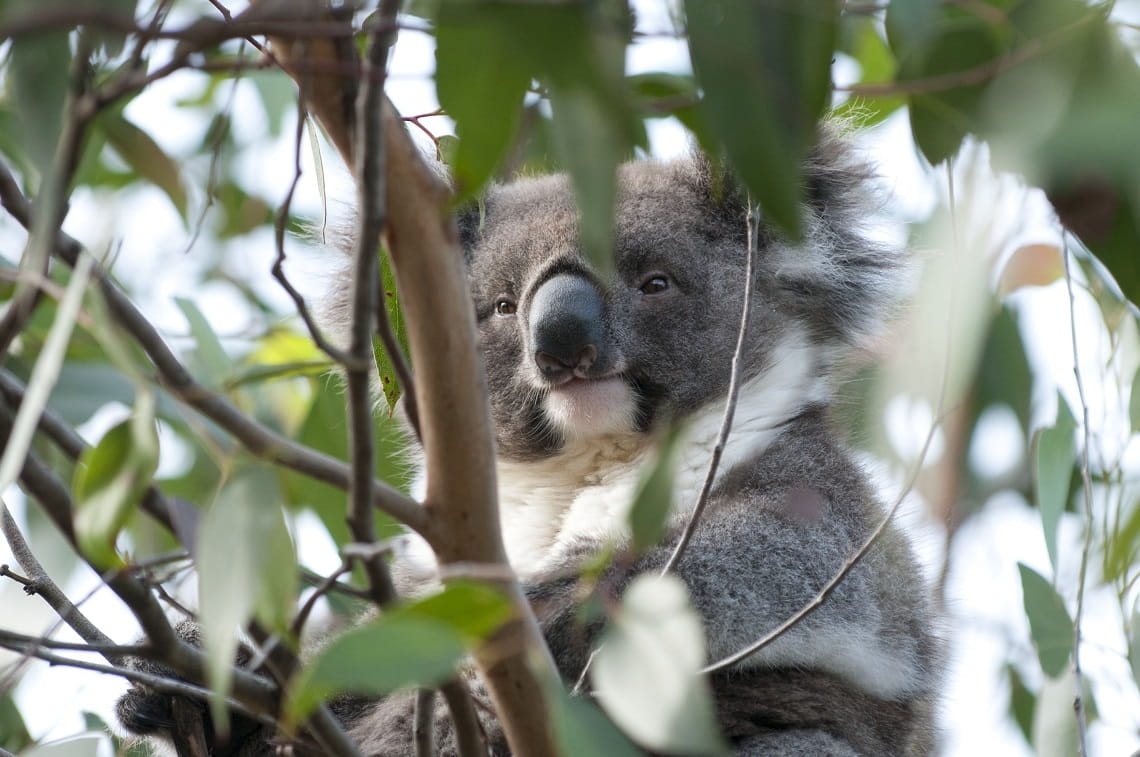
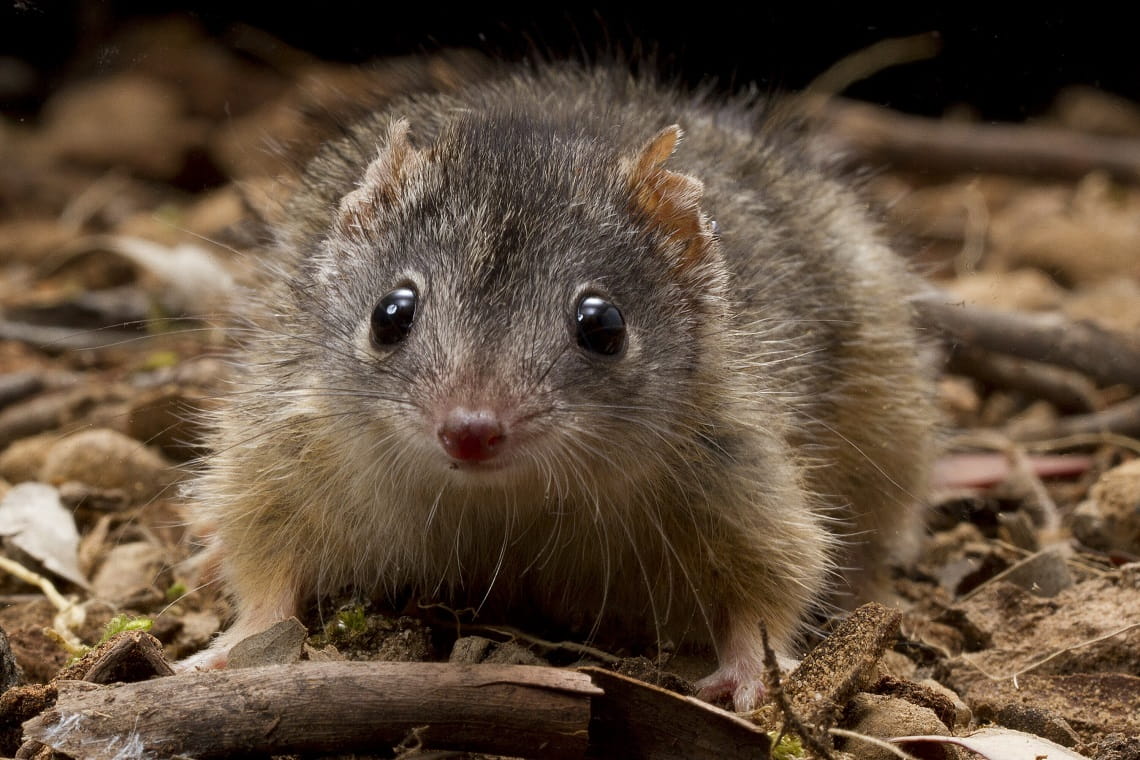
(L) Koala, credit Museums Victoria; (R) Yellow-footed Antechinus, credit Museums Victoria
Taking a detour to the east
No two regions in Victoria exhibit greater differences in their diversity of flora and fauna than the Mallee in northern Victoria and the Alps in the Great Dividing Range.
Throughout autumn, stunning Snow Gums begin shedding old white and grey bark to reveal new growth in blazes of orange, green and silver. This rainbow display of rejuvenation is especially vivid, and at its most beautiful, when made wet by rain or fog (nature photographers, take note!).
Covered in snow for more than a third of the year, the Alps are characterised by granite and sandstone peaks with rounded mountain tops and plateaus. The highest mountain areas of the Alpine, Mount Buffalo and Baw Baw National Parks support the growth of heathland, grassland and alpine bogs on Taungurung, Gunaikurnai and Wurundjeri Country.
Species at risk of extinction such as the Baw Baw Frog, Alpine Water Skink, Stirling Stonefly and the Mountain Pygmy-possum have developed amazing adaptations to cope with this cold, windy, snow-covered habitat.
While these are a rare sight on established trails, the animals you might identify trekking the Falls to Hotham Crossing include the Common Wombat, Swamp Wallaby, Greater Glider, Yellow-bellied Glider, Sugar Glider, Mountain Brush-tailed Possum, Superb Lyrebird, Brown Antechinus and - if you're lucky - the elusive Platypus.
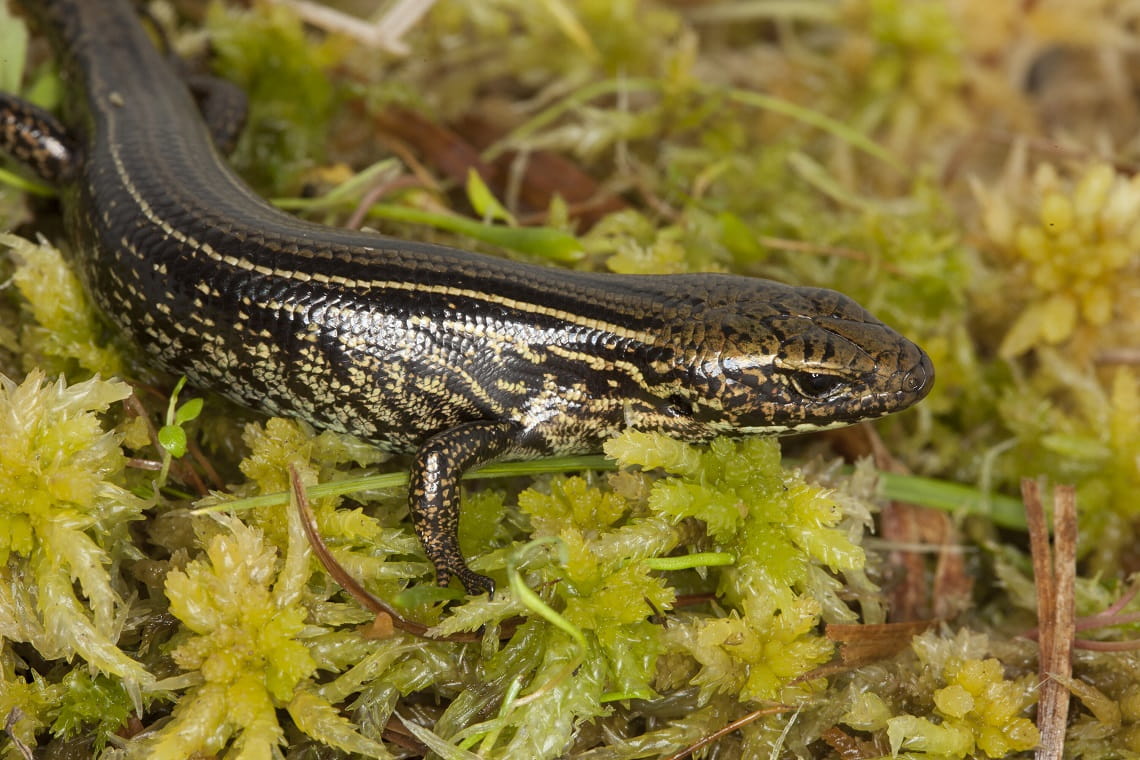
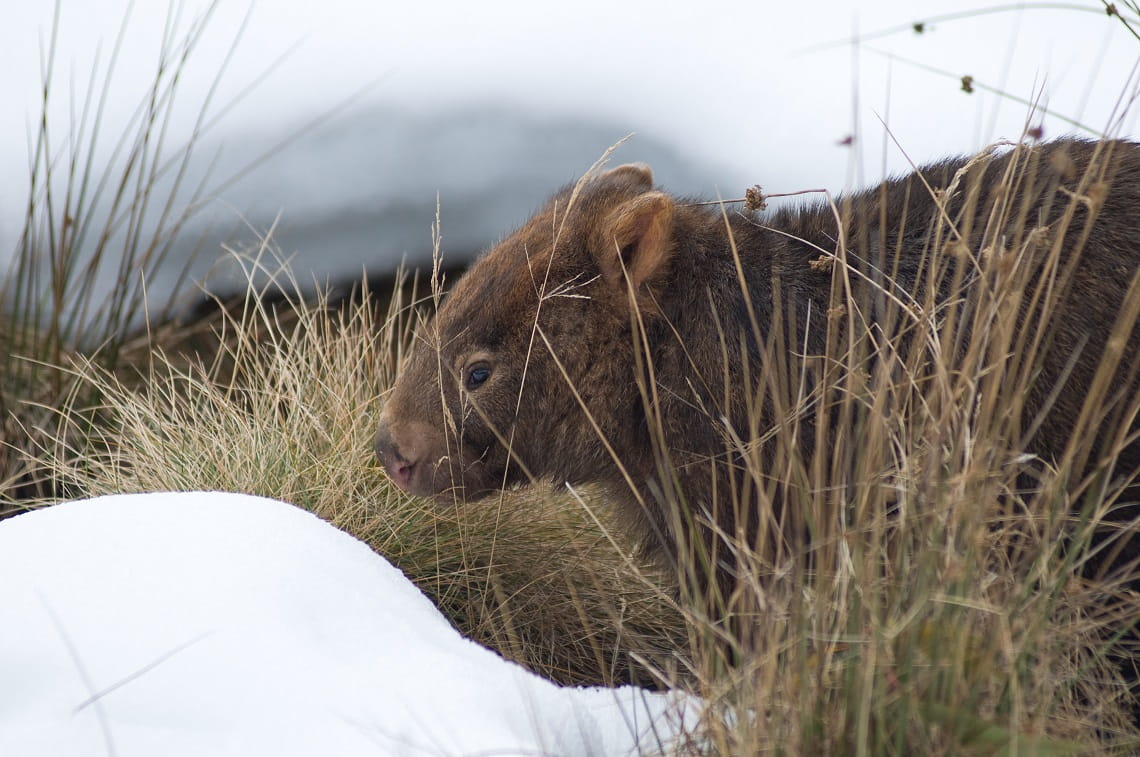
(L) Alpine Water Skink, credit Museums Victoria; (R) Common Wombat, credit Parks Victoria
A final stop south
Stretching along the Bass Coast from San Remo to Inverloch, Yallock-Bulluk Marine and Coastal Park on Bunurong Country is a breathtaking option for wildlife walks at your leisure.
Try to spot some of our beloved whales during periods of migration, keep an eye out for seals and dolphins, and explore the unique geology of this coastline where important dinosaur fossils continue to be discovered.
Fauna in this region rely heavily on biolinks, which are wildlife corridors that connect pockets of native vegetation, allowing animals to move between areas freely. These corridors help increase the genetic diversity in breeding populations and preserve native flora and fauna.
Keep a patient eye out for sea bird species including flocks of Gannets which commonly fly offshore, Peregrine Falcons lingering around tall and isolated cliffs, and collections of Silvereye and Rosellas enjoying a feed on native berries nestled within Coast Beard-heath and Prickly Currant Bush.
Growling Grass Frogs are just some of the reptiles and amphibians flourishing in the Bass Coast, and if you're walking along a rock pool or two, try your best to spot a Sea Cucumber between the many fronds of swaying seaweed.
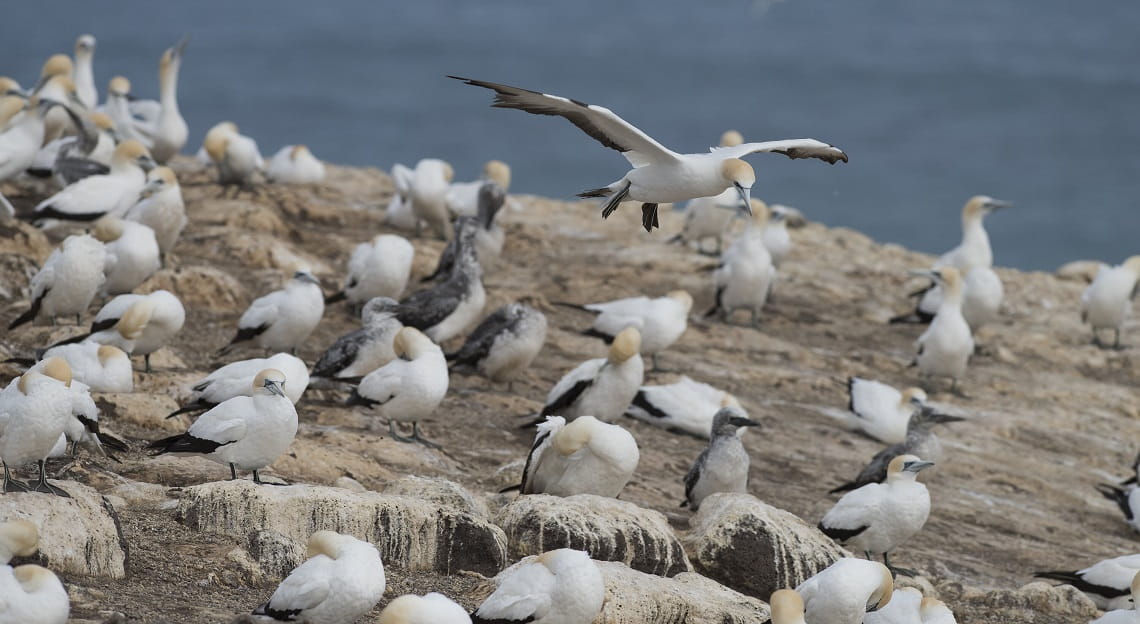
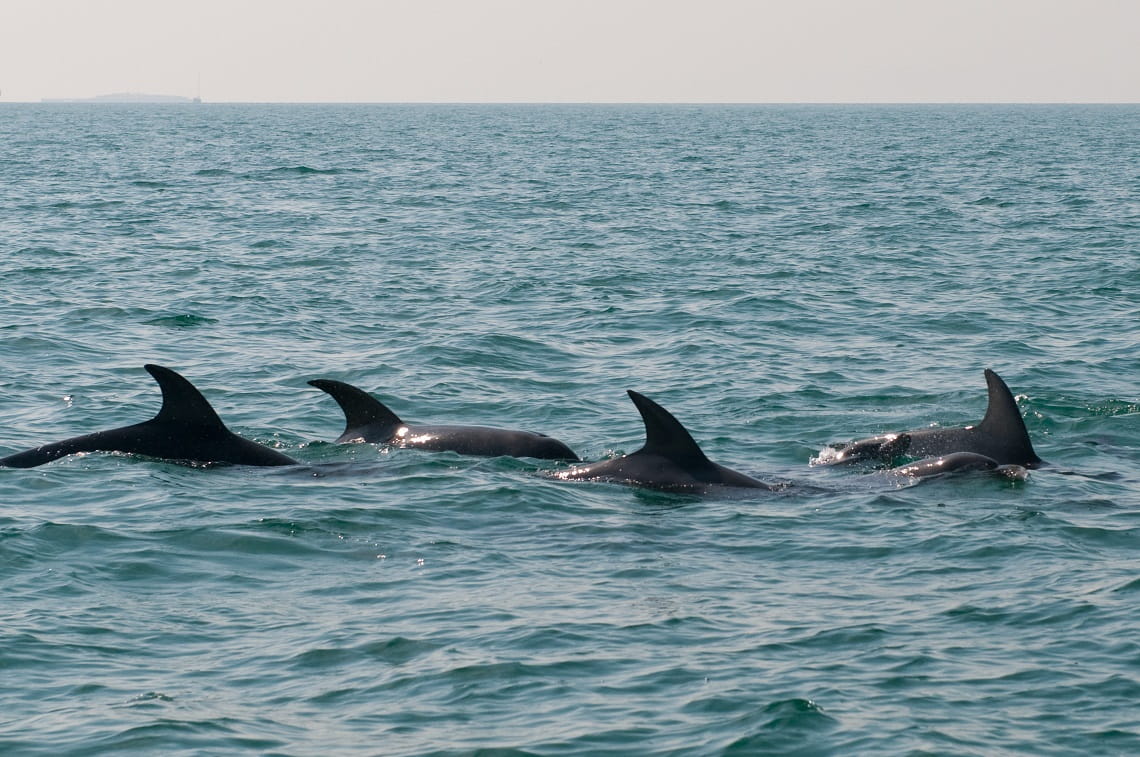
(L) A flock of Gannets, credit Museums Victoria; (R) A pod of dolphins, credit Museums Victoria
Document and appreciate what you see from a distance
Photos and recordings leave no impact on the environment and help capture the ways nature is supporting your physical, mental, social and spiritual wellbeing.
Did you know, the snaps you take are also important examples of citizen science? They might be documenting changes in nature or supporting monitoring of biodiversity. By sharing these recordings in free nature apps such as iNaturalist, you're helping our ongoing work to protect and care for Victoria's special landscapes.
When you want to capture a particularly joyous or surprising moment, remember to keep to marked tracks and designated visitor areas. Risking injury for the perfect selfie just isn't worth it.
Habitat should always be left untouched. This includes leaving rocks and boulders in place, on both land and in water. All forms of nature including shells, feathers and seaweed are essential components of functioning ecosystems.
Finally, always remember that wildlife is just that - wild. We share this beautiful environment with the flora and fauna we work hard to protect. If you encounter wildlife, don't approach the animal, keep your distance and ensure children also stay back.






